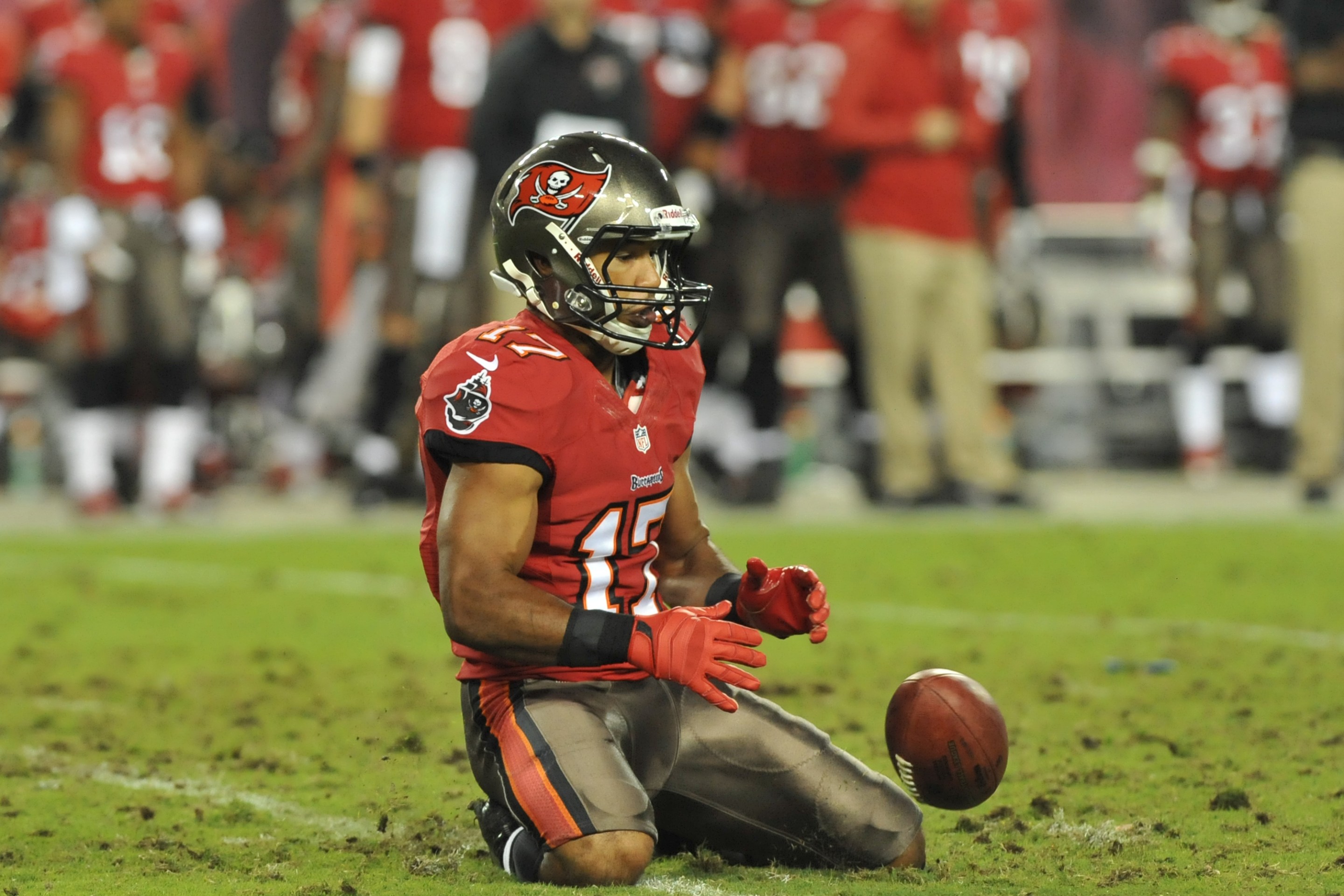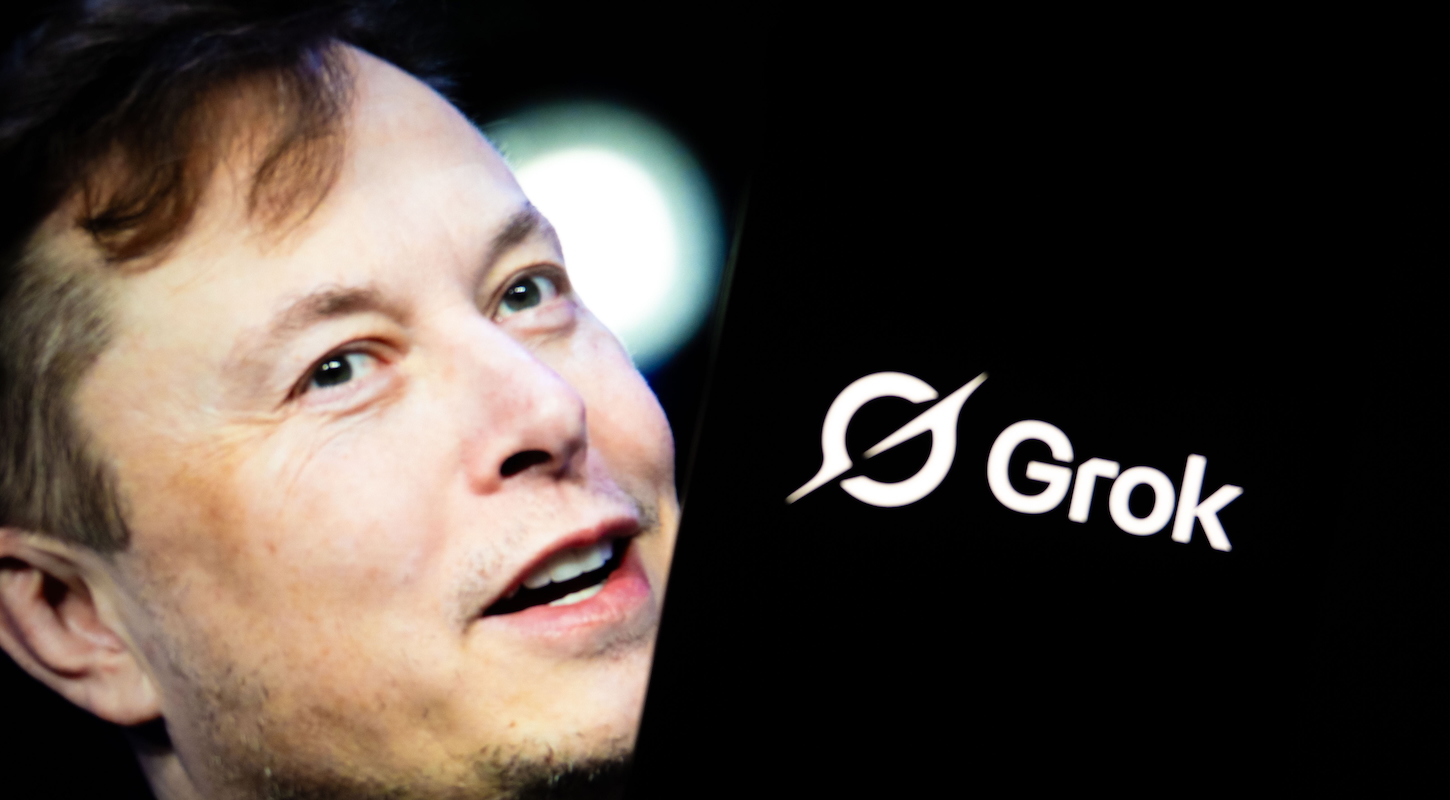Unlike any other sporting event I've been to, the early rounds of the U.S. Open are non-linear in a way that is both stressful and exciting. While the main stadium is off-limits without a specific ticket, every other court grants attendees access on a first-come, first-served basis. In theory, you could show up before noon and watch tennis past midnight, and even though I opt for the relatively cheaper night session ticket that doesn't let you in until 6 p.m., the atmosphere for the last match of the night at Louis Armstrong Stadium is always kind of kooky. It is never a crowd of folks who bought their tickets specifically for this matchup; instead, it's the people who just never left.
Ben Shelton, who defeated Pablo Carreño Busta in the second round on Wednesday, is more of a draw than most players who end up in this slot. He's a handsome, athletic young American who made the semis at this tournament two years ago and is favored to make the quarters this year. People showed up for him in a way they didn't for, say, Marketa Vondrousova vs. Ekaterina Alexandrova. But as Shelton pretty cleanly marched to a straight-sets victory, you could feel a little silliness from the members of the crowd that had, we'll say, resolved to stay to the sleepy end. With Shelton about to clinch the second set, that energy came out in the form of The Wave.
This is far from the most surreal thing to happen at the U.S. Open, but in the context of tennis, the wave still felt like an incursion on the usual boundaries of the sport. This is a game where athletes can get furious about practically nothing. Most people at Armstrong on Wednesday probably knew about Daniil Medvedev, earlier in the tournament, throwing a lengthy temper tantrum during his upset loss after his opponent got a serve mulligan when a photographer walked onto the court. If they were like me, sometime around 6:30 on Wednesday they overheard (though did not understand at the time) the spectator reaction to Jelena Ostapenko whining at Taylor Townsend after she got knocked out. While tennis requires strength and stamina, its competitors so often make it feel like a balancing act wherein one's fragile focus is always a tiny distraction away from being shattered to bits.
Shelton wasn't rattled in the slightest. But my assumptions about how he handled it were completely wrong. If it weren't for the post-match interview, I would have inferred, based on what I've been told about athlete psychology, that Shelton had blocked out everything happening in Armstrong except himself, the ball, the court, and his opponent. He had probably not even noticed the wave, I figured. Turns out, he was hyper-aware of all of us dorks. While the extent of my understanding of the wave's genesis was basically "Huh, I guess we're doing the wave," Shelton, speaking into the microphone, revealed that he was fully invested in its development from founder to reality.
"They were doing the wave for that guy in the pink hat," Shelton said, pointing out one particular crowd member. "He's the one who started it. He's the one that got the energy going. He was a little upset with this group over here because they weren't really cooperating with keeping it going. But by the end he got it going."
This totally blew my mind—that a top-10 player registered some completely irrelevant side details during a U.S. Open match. Everything normies are told about elite athletes informs us that one of their superpowers is shutting out the things that don't matter. It's how basketball players make their free throws on the road, and soccer players convert penalty kicks, and golfers sink their putts on 18. I appreciated hearing that Shelton let the rest of the world enter his head during his match, and that it didn't trip him up in the slightest. A singular focus on your goal surely helps win championships. But I'm happy to know that some can stop and smell the roses, too.






